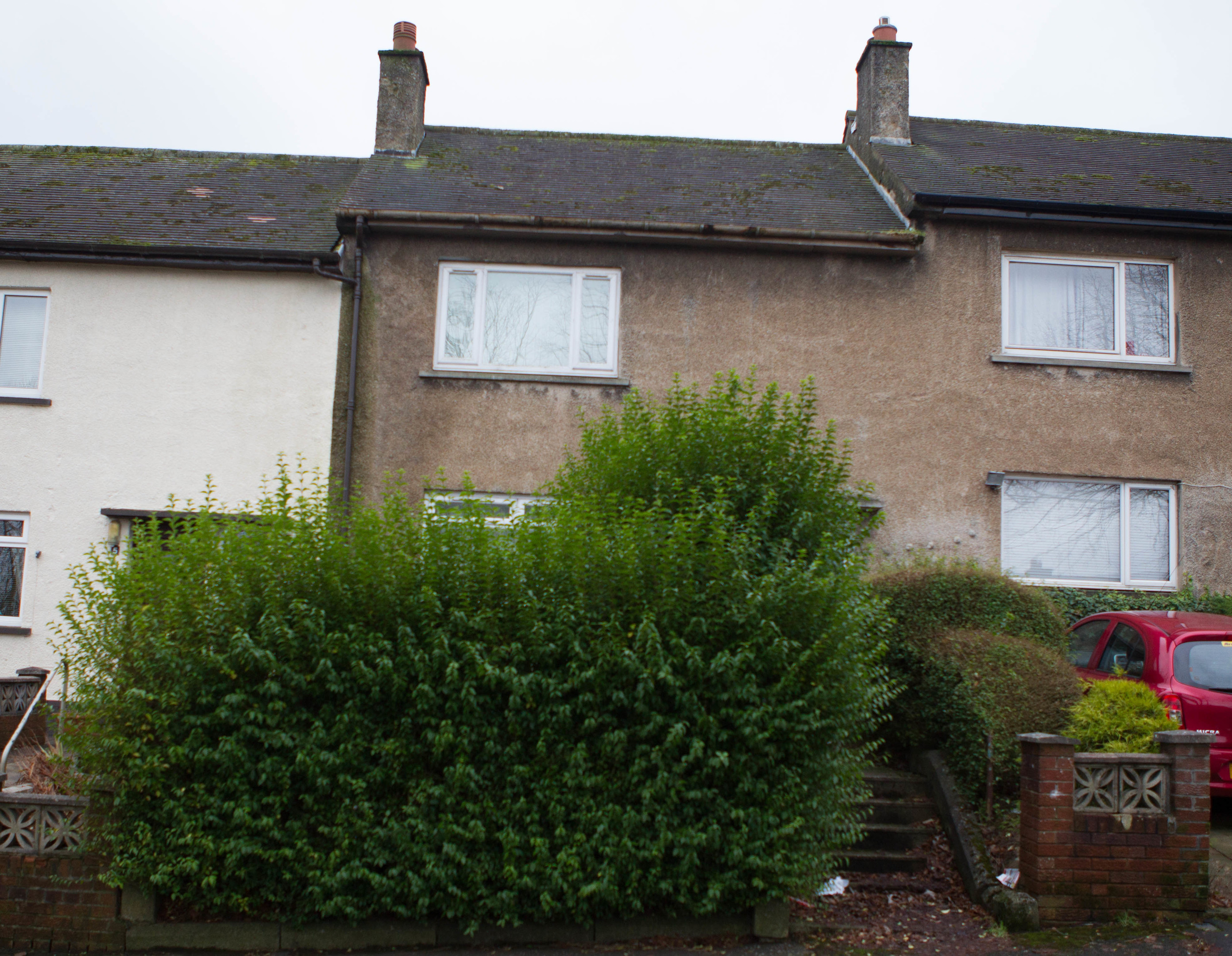
Mark Hill fell out with dad George over the last testament made by his mum, Agnes, as she lay dying in July 1991.
Agnes had insisted that she wanted her half of the family home in Foxbar, Paisley, to go to Mark following an acrimonious split with her husband.
But George disputed the arrangement and last week took his son to court to argue that he had the “real right to the whole title of the house”.
The judge found in George’s favour leaving Mark with nothing and facing a potentially sizeable legal bill.
Last night Mark, who has been given two weeks to lodge a counter-claim in respect of some of the losses he made looking after the house, refused to comment on the legal feud.
According to claims outlined in the court papers, George left the family “without any financial support” for 18 months after leaving Paisley for a new life on the Hebridean island of Tiree in 1990.
At the time Agnes, who had a mortgage to pay and another son, Kevin, to look after, was too ill to work so Mark got a job in order to pay the bills.
Eighteen months later, just a few days before Agnes’ death, George suddenly returned to Paisley and moved back into the family home.
But within six months he had stopped paying bills and buying food, the son said.
Mark also claimed George would regularly return to Tiree for up to six weeks at a time, leaving Mark and Kevin to fend for themselves.
In 1992, Mark registered his half share in the house – as set out in his mum’s will – with Registers of Scotland.
However, George claimed his wife – whom he never divorced – did not have the power to hand her share to their son. He also insisted Mark had “never” been in possession of the house.
Eventually, the relationship between father and son broke down completely, because of George’s “chronic neglect” of his responsibilities.
Mark stayed in the house for four more years – paying the bills – but eventually left because of his father’s “abusive behaviour”, it was claimed.
The father and son had no contact for the next 10 years. But in 2010, after George moved out of the house to live with his new partner, they agreed to meet to discuss selling the property.
However, the court documents state that, when they went into the house, Mark was “astonished to find it in an appalling state of neglect and disrepair” and found there was “no option” other than to sell it.
Mark claimed his dad’s right to his mum’s share of the house had been “extinguished”.
He also said that George had been “unjustifiably” enriched to the tune of around £10,000 as a result of him paying the bills and carrying out home improvements.
At a hearing at Paisley Sheriff Court last year, George argued that his son had no right to half of the house – a claim disputed by Mark.
Mark said he had lived or had access to the house for 10 years, meaning he was legally entitled to the share left to him by his mother in her will.
However Lord Jones, sitting at the Court of Session, threw out the case.
He said George had the “real right of ownership” because he claimed his wife’s share immediately on her death.
Lord Jones concluded that Mark failed to plead a relevant case.
Lord Jones said the son’s claims to own half of the home “has always been open to challenge, and will remain so unless and until he has continuous possession of it openly peaceably and without judicial interruption for 10 years”.
George could not be reached for comment last night.

Enjoy the convenience of having The Sunday Post delivered as a digital ePaper straight to your smartphone, tablet or computer.
Subscribe for only £5.49 a month and enjoy all the benefits of the printed paper as a digital replica.
Subscribe